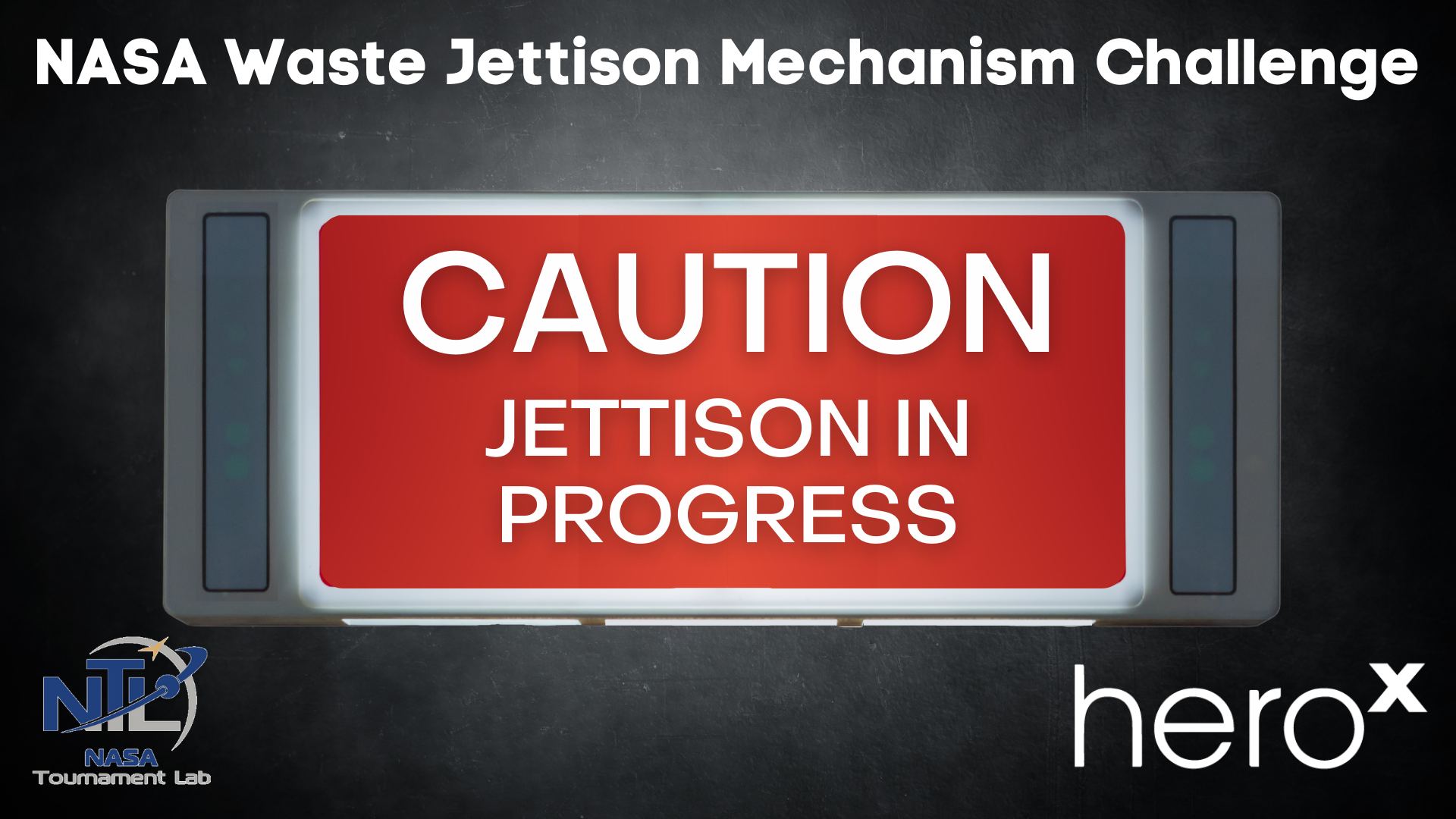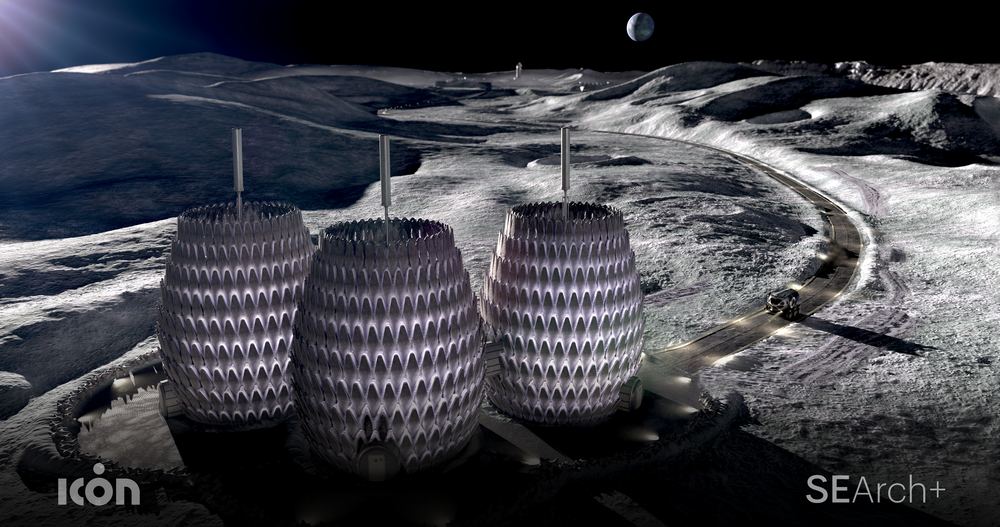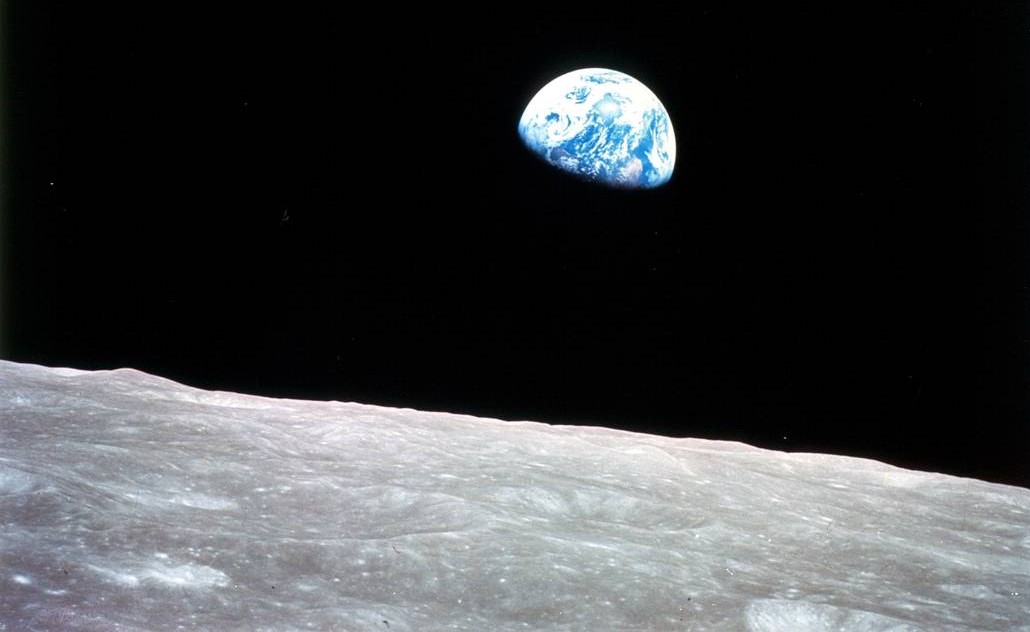Viking’s biochemistry experiments have been among the most hotly debated scientific results of all time. The lander famously collected samples from the Red Planet in 1976, in an experiment called “Label Release.” Scientists watched with bated breath as oxygen was released from the sample after it was subjected to a liquid slurry. They were then left scratching their heads as that oxygen production continued after the sample was sterilized via 160 degree C heat. Scientists now really agree that the oxygen production that Viking noticed was an abiotic process. But that also leads to a potential opportunity as some scientists think we can make oxygen farms out of a system similar to that used on Viking itself.
Continue reading “Future Mars Explorers Could be Farming Oxygen From Landscapes Like This”Mars Explorers are Going to Need air, and Lots of it. Here’s a Technology That Might Help Them Breath Easy
In situ resource utilization (ISRU) is still a very early science. Therefore, the technology utilized in it could be improved upon. One such technology that created one of the most useful materials for ISRU (oxygen) is MOXIE – the Mars OXygen In-situ Resource Utilization Experiment. A small-scale model of a MOXIE was recently tested on the Perseverance last year. Its primary goal is to create oxygen out of the Martian atmosphere.
Continue reading “Mars Explorers are Going to Need air, and Lots of it. Here’s a Technology That Might Help Them Breath Easy”NASA and HeroX Want Your Ideas for How to Deal with Space Waste!
Space agencies worldwide have some very ambitious plans that will take place in this decade and the next. For starters, NASA and its agency and commercial partners plan to return to the Moon for the first time since the Apollo Era. Beyond that, they also intend to build the infrastructure that will allow for a “sustained program of lunar exploration,” such as bases on the surface and the Lunar Gateway. Once all of that is in place, NASA will be contemplating sending crewed missions to Mars.
This raises many challenges, including logistics, energy requirements, and the health and safety of astronauts. One crucial concern that is not often thought of by the general public is what to do about the waste generated along the way. To address this, the NASA Tournament Lab (NTL) has partnered with HeroX once again to launch the NASA Waste Jettison Mechanism Challenge. With a prize purse of $30,000, NASA is seeking solutions for safely and effectively jettisoning waste that cannot be recycled.
Continue reading “NASA and HeroX Want Your Ideas for How to Deal with Space Waste!”Not Just Water, There Could be Frozen Carbon Dioxide on the Moon too
Despite all its wonderful properties, water isn’t the only resource needed for space exploration. Carbon is another important ingredient for many necessary materials, such as steel, rocket fuel, and biomaterials. Therefore, proponents of lunar exploration should be excited by a recent study led by Dr. Norbert Schorghofer of the Planetary Science Institute that found natural “cold traps” for carbon dioxide in some of the permanently shadowed craters of the moon.
Continue reading “Not Just Water, There Could be Frozen Carbon Dioxide on the Moon too”NASA is Building a Nuclear Reactor to Power Lunar and Martian Exploration!
Over the next fifteen years, multiple space agencies and their commercial partners intend to mount crewed missions to the Moon and Mars. In addition to placing “footprints and flags” on these celestial bodies, there are plans to establish the infrastructure to allow for a long-term human presence. To meet these mission requirements and ensure astronaut safety, several technologies are currently being researched and developed.
At their core, these technologies are all about achieving self-sufficiency in terms of resources, materials, and energy. To ensure that these missions have all the energy they need to conduct operations, NASA is developing a Fission Surface Power (FSP) system that will provide a safe, efficient, and reliable electricity supply. In conjunction with solar cells, batteries, and fuel cells, this technology will allow for long-term missions to the Moon and Mars in the near future.
Continue reading “NASA is Building a Nuclear Reactor to Power Lunar and Martian Exploration!”There’s Enough Oxygen in the Lunar Regolith to Support Billions of People on the Moon
When it comes to the future of space exploration, a handful of practices are essential for mission planners. Foremost among them is the concept of In-Situ Resource Utilization (ISRU), providing food, water, construction materials, and other vital elements using local resources. And when it comes to missions destined for the Moon and Mars in the coming years, the ability to harvest ice, regolith, and other elements are crucial to mission success.
In preparation for the Artemis missions, NASA planners are focused on finding the optimal way to produce oxygen gas (O2) from all of the elemental oxygen locked up in the Moon’s surface dust (aka. lunar regolith). In fact, current estimates indicate that there is enough elemental oxygen contained in the top ten meters (33 feet) of lunar regolith to create enough O2 for every person on Earth for the next 100,000 years – more than enough for a lunar settlement!
Continue reading “There’s Enough Oxygen in the Lunar Regolith to Support Billions of People on the Moon”Bacteria Could Make Rocket Fuel on Mars
There are many types of rocket fuel. Some are more useful on a particular planet. And some can be created by bacteria. A team from Georgia Tech has found a rocket fuel with an interesting mix of those characteristics that might be a focal point of in-situ resource utilization – on Mars.
Continue reading “Bacteria Could Make Rocket Fuel on Mars”Chefs on the Moon Will be Cooking up Rocks to Make air and Water
NASA has delayed their Artemis mission to the Moon, but that doesn’t mean a return to the Moon isn’t imminent. Space agencies around the world have their sights set on our rocky satellite. No matter who gets there, if they’re planning for a sustained presence on the Moon, they’ll require in-situ resources.
Oxygen and water are at the top of a list of resources that astronauts will need on the Moon. A team of engineers and scientists are figuring out how to cook Moon rocks and get vital oxygen and water from them. They presented their results at the Europlanet Science Congress 2021.
Continue reading “Chefs on the Moon Will be Cooking up Rocks to Make air and Water”The Lunar Lantern Could be a Beacon for Humanity on the Moon
In October of 2024, NASA’s Artemis Program will return astronauts to the surface of the Moon for the first time since the Apollo Era. In the years and decades that follow, multiple space agencies and commercial partners plan to build the infrastructure that will allow for a long-term human presence on the Moon. An important part of these efforts involves building habitats that can ensure the astronauts’ health, safety, and comfort in the extreme lunar environment.
This challenge has inspired architects and designers from all over the world to create innovative and novel ideas for lunar living. One of these is the Lunar Lantern, a base concept developed by ICON (an advanced construction company based in Austin, Texas) as part of a NASA-supported project to build a sustainable outpost on the Moon. This proposal is currently being showcased as part of the 17th International Architecture Exhibition at the La Biennale di Venezia museum in Venice, Italy.
Continue reading “The Lunar Lantern Could be a Beacon for Humanity on the Moon”How do you get Power into Your Lunar Base? With a Tower of Concrete Several Kilometers High
It sounds like science fiction, but building an enormous tower several kilometers high on the Lunar surface may be the best way to harness solar energy for long-term Lunar exploration. Such towers would raise solar panels above obstructing geological features on the Lunar surface, and expand the surface area available for power generation.
Continue reading “How do you get Power into Your Lunar Base? With a Tower of Concrete Several Kilometers High”









